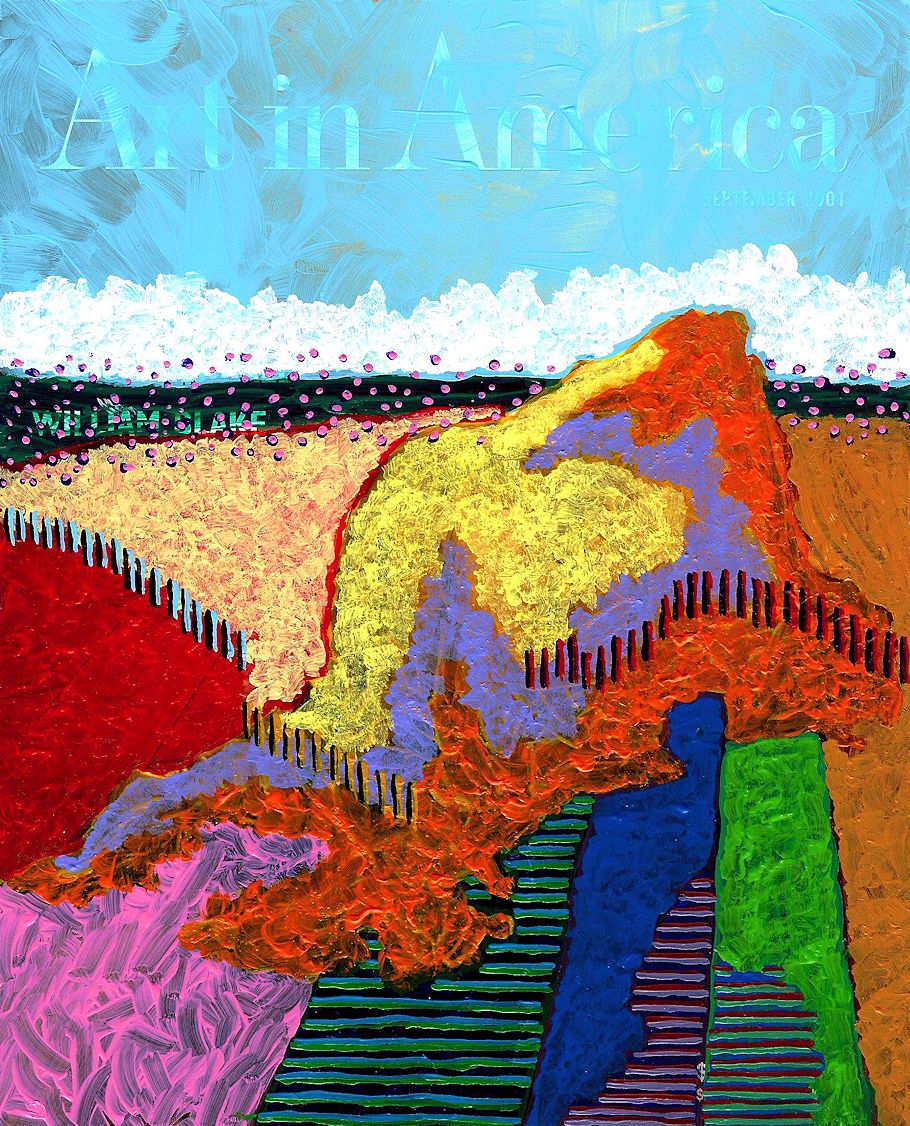
2017.08.23 09:54
2017.08.23

zero seven four
2017.08.23
Tiring architects VS Real Architects
The late period of artists is often under-rated. Picasso's Late Period was mostly disliked while he was alive--seen as repetitious and unimportant. Yet, with Picasso dead, the late works are not so unimportant anymore, in fact they manifest one of Picasso's most creative periods.
Frank Gehry may be in a wonderful position if he continues to do architecture for another decade or so, because, when he isn't around anymore, his late works might just manifest his most creative period.
I like to look at and study the late periods of artists because of all the facile-ness and confidence and even (if you're lucky) the "I don't give a fuck" found there.
Philip Johnson produced an interesting late period, and he did change 'styles' with every new project, yet his overall style has always been reenactionary architecturism.
2005.08.23
Re: calendars of space, time, place
Somewhere in the first book of Joseph and His Brothers, Thomas Mann writes several pages comparing and contrasting lunar and solar based calendars, calling out that it is an old, old [hi]story amounting to a kind of interweaving of the two.
I like the solar based calendar because of the equinoxes and the solstices (and the seasons thus engendered in between). If I became interested in a/the lunar calendar, I would be inclined to look for somewhat steady oscillating/periodic changes in gravitational pull (or something like that--who knows).
Of late, I more see (my 'brand' of) "calendrical coincidence" like a somewhat large mnemonic structure/house comprised of 365.25 rooms, one 'room' for each full planetary spin as the planet itself makes one full rotation around the sun. Many different 'events' get sorted into these individual rooms based on the day first, and then by the year second (you could say)--historical events, saints days, Holy and Holidays, personal events, etc. I'm realizing it is interesting to "remember" history in this manner, where, instead of 'analyzing' events by decade or quarter or half century (for example), analysis is done by (a) specific day (cutting through all [solar] years).
[Chronosomatics--The Timepiece of Humanity, the calendar incarnate--very much sees the design of the human body as the ur-mnemonic structure of human history. I won't get into this now; I just wanted give "calendrical coincidence" further specific (to me) context.]
This past Thursday and Friday I've been putting together an inventory list of the artwork I've produced since 1983 (when I coincidentally also learned CAD). Early on I started dating my work at least down to the day completed, and I almost always did this since. [So far the number of physical titled works is between 200 and 300, whereas the virtual/digital works are of a sort of potentially anything number.] Ultimately, this inventory will be calendrically "mnemonified" at www.museumpeace.com.
Perhaps the same questions can be asked of any calendrical system, i.e., what are the signifiers? And what, if anything, is the significance of signifiers that coincide?
2003.08.23










@ home @ 5233
1998.08.23

Hypermural for the Altes Museum
1998.08.23

Update/Fit in Progress (Zoom Out)
1985.08.23


1977.08.23
|